A former Portland resident who was in Nepal when a magnitude 7.8 earthquake rocked the South Asian nation last month, killing more than 7,000 people and leaving thousands more homeless, is still there and says not enough is being done to provide humanitarian relief to victims in remote villages.
Galen Murton, 37, who escaped injury during the earthquake, is a 1996 graduate of Portland High School. He is currently a student at the University of Colorado in Boulder and is in Nepal conducting research for his Ph.D. on road development, international trade, and border politics between Nepal and China in the Tibetan and Himalayan borderlands.
Murton’s parents, Pam and John Murton, live in Portland.
“Things are terrible, to be sure (in Kathmandu), but far, far worse is the situation outside of the Kathmandu Valley, in outlying districts within two to four hours’ drive of the capital,” Murton wrote in an email to the Portland Press Herald. “These are the areas where entire villages have been destroyed, where thousands of people are still missing and unaccounted for and where little if no relief aid has yet reached. This is the wicked reality of the situation here.”
Murton agreed to share his observations of conditions on the ground, his personal photographs and knowledge of Nepal with the Press Herald. He has been responding to questions via email for the past several days, and also has been posting photographs of the destruction caused by the earthquake on his Facebook page.
“Galen has been working, living, traveling and studying in Nepal for over 15 years,” Pam Murton said of her son. “He truly knows and loves that beautiful country and its people.”
Galen Murton said he was traveling by Jeep on a road between Lo Monthang and Kagbeni – in the western district of Mustang – when the earthquake rumbled through the country just before noon on April 25. The Mustang district, which straddles the Himalayas, is considered a lost kingdom of Tibet.
When Murton’s Jeep started to shake, he thought it was being caused by a nearby construction vehicle.
“We soon realized that the shaking was not from the vehicle moving earth,” Murton wrote. “At the time of the earthquake, the only danger we faced was possible landslides.”
OBSERVING, RESEARCHING, HELPING
Murton’s group spent the night in Chuksang, a village where many old houses were cracked by the earthquake. On the day after, Murton rode in the back of a cargo truck headed to the village of Jomsom. When he arrived there 30 hours after the earthquake, he was able to get a phone signal and talk to family members in Colorado and Maine.
Murton said the village of Jomsom suffered significant damage – collapsed buildings, a broken bridge and ruined roads.
“In the days after the earthquake, I visited as many villages as possible in upper and lower Mustang to survey and inventory the damage. I did this on behalf of friends in Nepal as well as North America who were understandably concerned about relatives, friends, property in the region,” he wrote.
Murton, who later traveled from the Mustang district to Nepal’s capital city, Kathmandu, by motorcycle, said he plans to return to the Mustang district to continue his research. He said he will remain in Nepal through August.
His research is being supported by a Fulbright Hays fellowship from the U.S. Department of Education. He first came to Nepal in 1999 and has returned more than a dozen times.
“Nepal is indeed a stunningly beautiful country,” Murton wrote. “This beauty, however, is conditioned by a strong and powerful legacy of inequality and urban-rural divisions.”
Murton said Nepal is an astonishingly diverse land with hundreds of languages spoken by dozens of distinct ethnic groups.
“Ultimately, Nepal is both absolutely beautiful but also extremely poor,” he wrote. “On the other hand, in terms of cultural richness, Nepal is without a doubt one of the wealthiest countries on earth. Purchasing power parity and gross national product may not be high, but artistic heritage, religious traditions and ethno-linguistic identities are beyond measurement.”
DRAWN TO ‘A VERY SPIRITUAL PLACE’
Several people with connections to Maine were in Nepal when the earthquake struck. Among them was 65-year-old Kathleen Nolan of Kennebunk.
Nolan was trekking in Langtang National Park when she became caught in a rain of boulders that came tumbling down at her from both sides of a mountain range. She and her guide survived, but they were forced to sleep in a cave and had to be airlifted to safety.
Nolan, who has since returned to Kennebunk, was asked why so many Mainers are drawn to Nepal. She said people travel to Nepal for many reasons, but mostly for spiritual contemplation and to hike the country’s spectacularly beautiful mountains and valleys.
“I love trekking through some of the most beautiful and unspoiled places on this Earth among people who radiate kindness,” Nolan wrote in an email. “The fact that I was trekking on my own led me to feel that I would also have contemplative time in a very spiritual place (spiritual because of the religious commitments of the people and spiritual because of the extreme peaceful beauty of this country).”
Although her trip was “shattered by the quake,” Nolan said “the spirituality of the people and their homeland forces a deep contemplation that is hard to find anywhere else.”
Dawn Habash, a 57-year-old yoga instructor from Augusta who had been hiking alone in Nepal when the earthquake hit, remains unaccounted for. Her daughter, Yasmine Habash, left on May 3 to search for her mother, a quest funded by an online effort that has raised more than $25,000.
Other earthquake survivors from Maine included Alec Rogers of Portland, who was on a spiritual retreat; Doug Bruns, of Portland, and his son, Tim, currently of Colorado, and their friend Rick Nooft, who is living in Australia – all of whom were trekking to the Mount Everest base camp; and Alison Hudson, an independent documentary filmmaker from Southwest Harbor. Hudson was in Nepal making a documentary on what the life of a Sherpa mountaineering guide is like.
INACTION DURING DESPERATE TIMES
Since the earthquake struck, Murton has been trying to spread the word about the need to provide relief to the villages outside Kathmandu. He has written an opinion piece that was published in the Denver Post and he has written an article for “Savage Minds,” a science blog devoted to “doing anthropology in public.”
In the blog, Murton writes about his perceptions.
“Lives are lost, homes destroyed, infrastructures obliterated. And yet why are the roads so empty?” Murton wrote. “Just a two-hour drive from a perfectly functioning airport in Pokhara, on a road that is astonishingly intact, there is virtually no aid being moved.”
“So where are the big, white Toyota Land Cruisers so ubiquitous in global crises from Port-au-Prince to Darfur to Kathmandu? Where is the global response, the outpouring of hearts, tears and cash from the international community? What is happening? The hills of Nepal are crying but why aren’t we listening?”
Correction: This story was revised at 12:32 p.m., May 11, 2015, to reflect that earthquake survivors from Maine included Doug Bruns, of Portland, and his son, Tim, currently of Colorado, and their friend Rick Nooft, who is living in Australia – all of whom were trekking to the Mount Everest base camp. A previous version of this story contained incorrect information.
Send questions/comments to the editors.


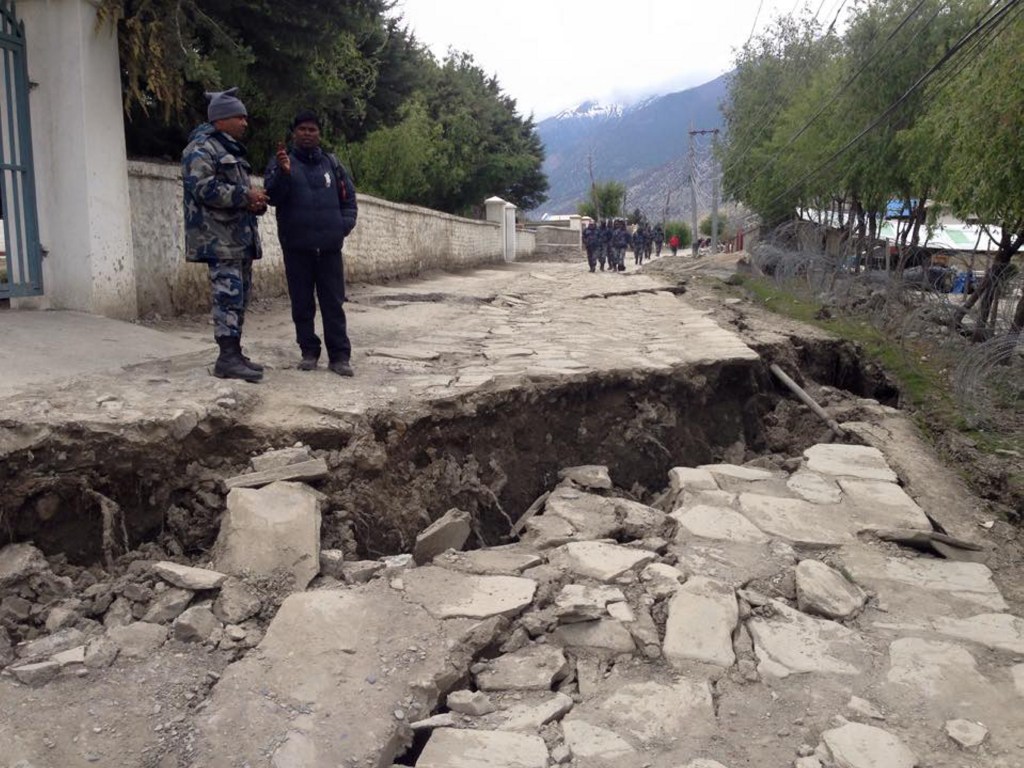
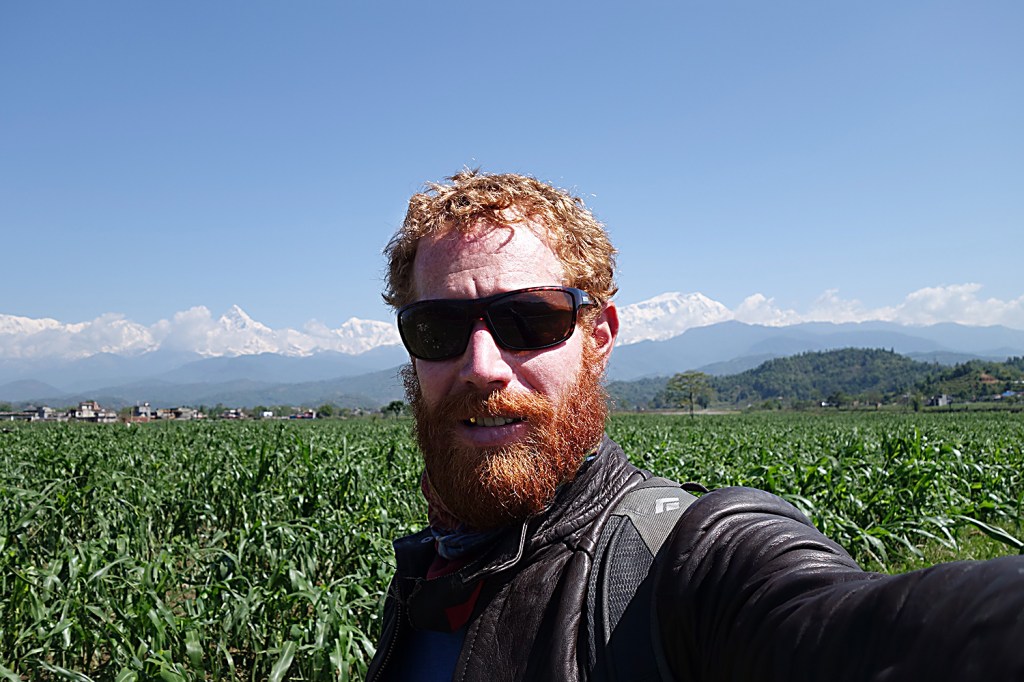
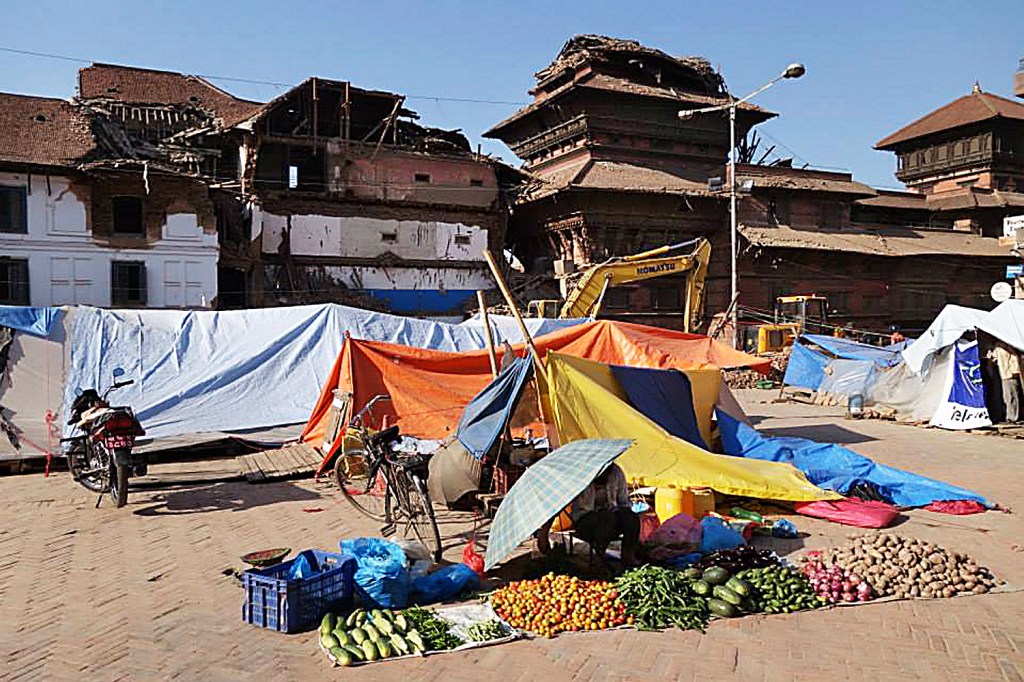
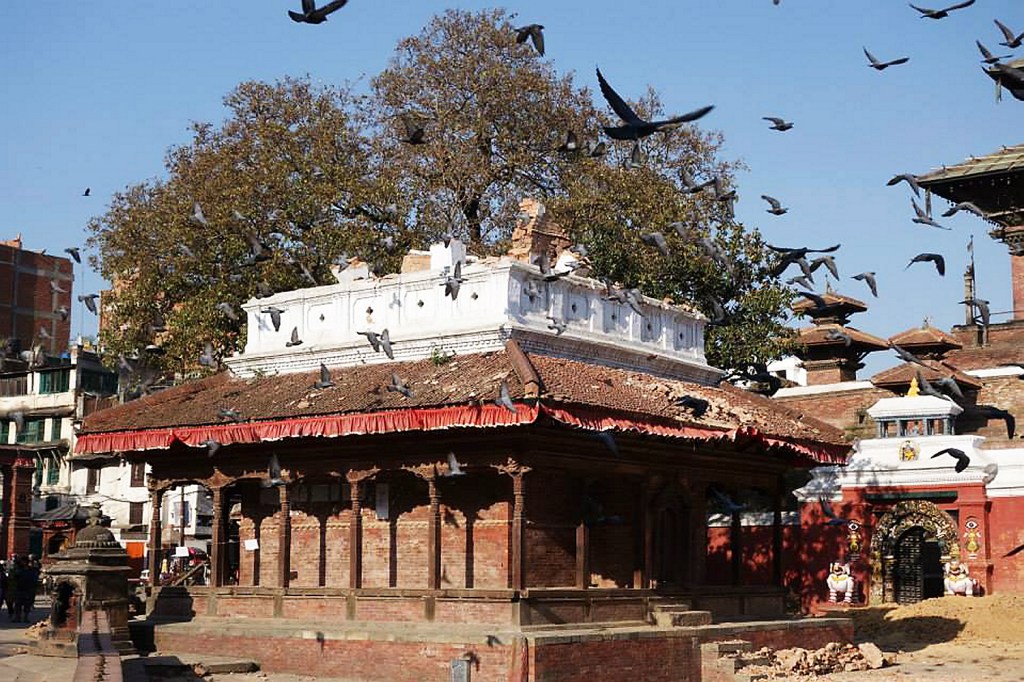
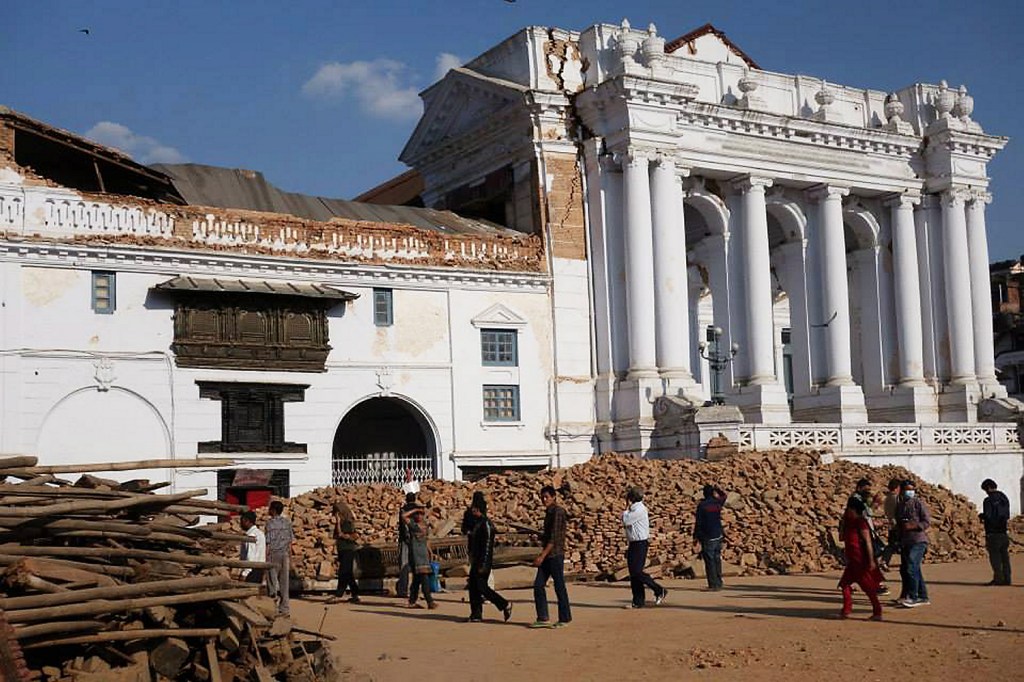
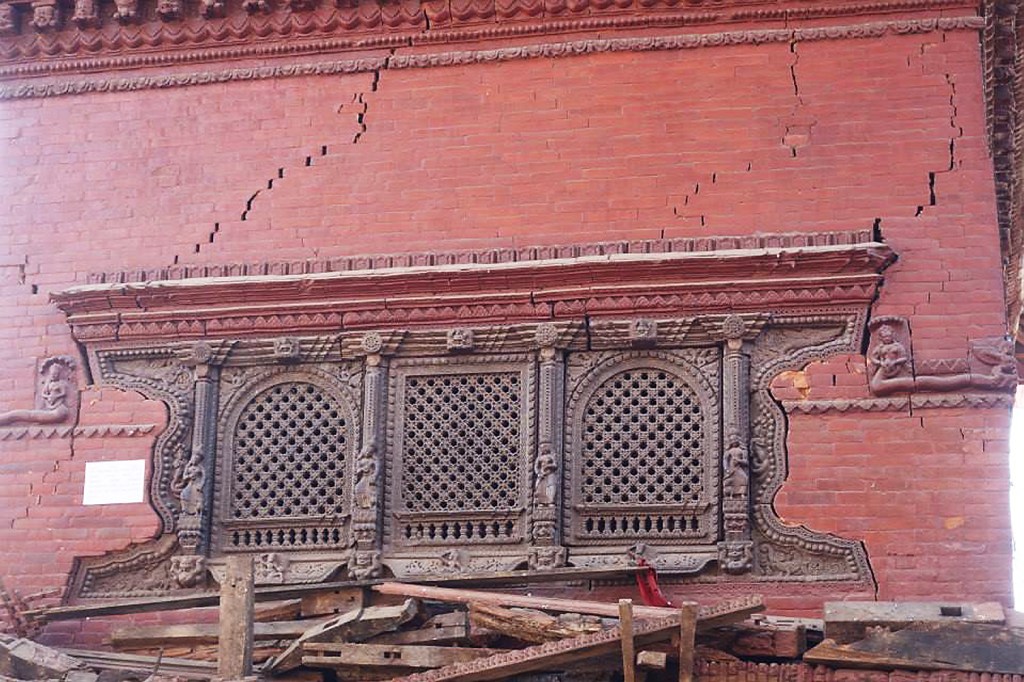
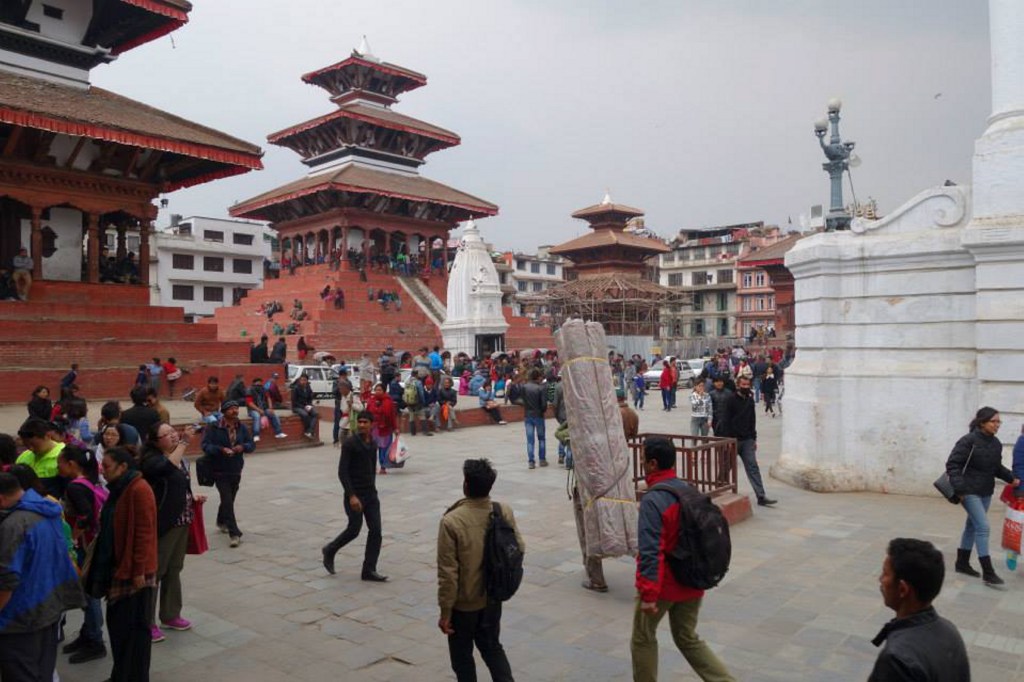
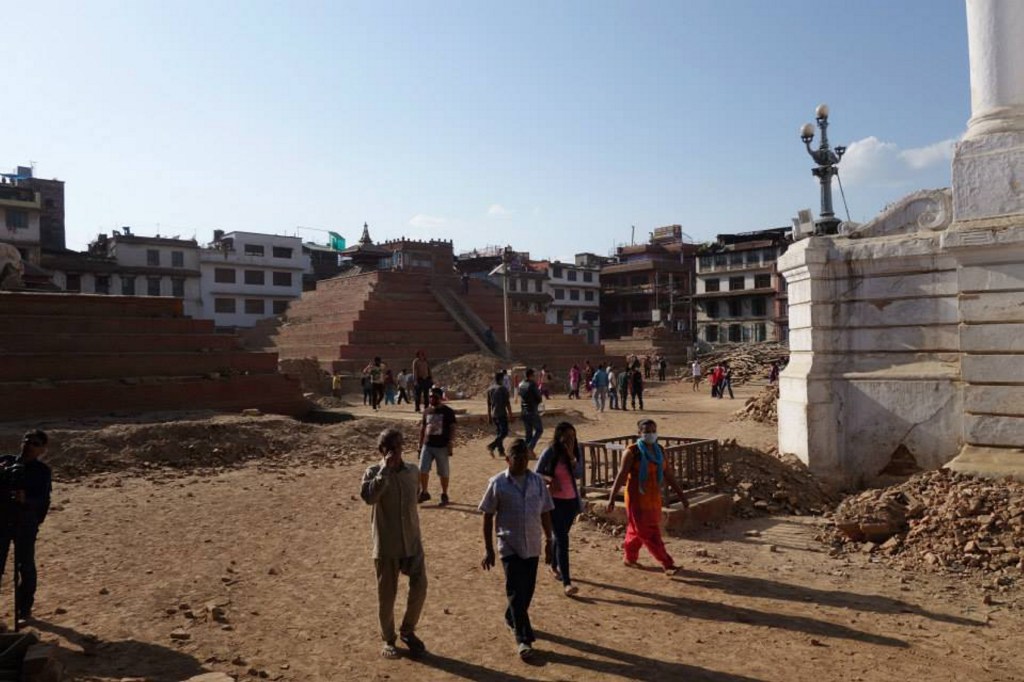
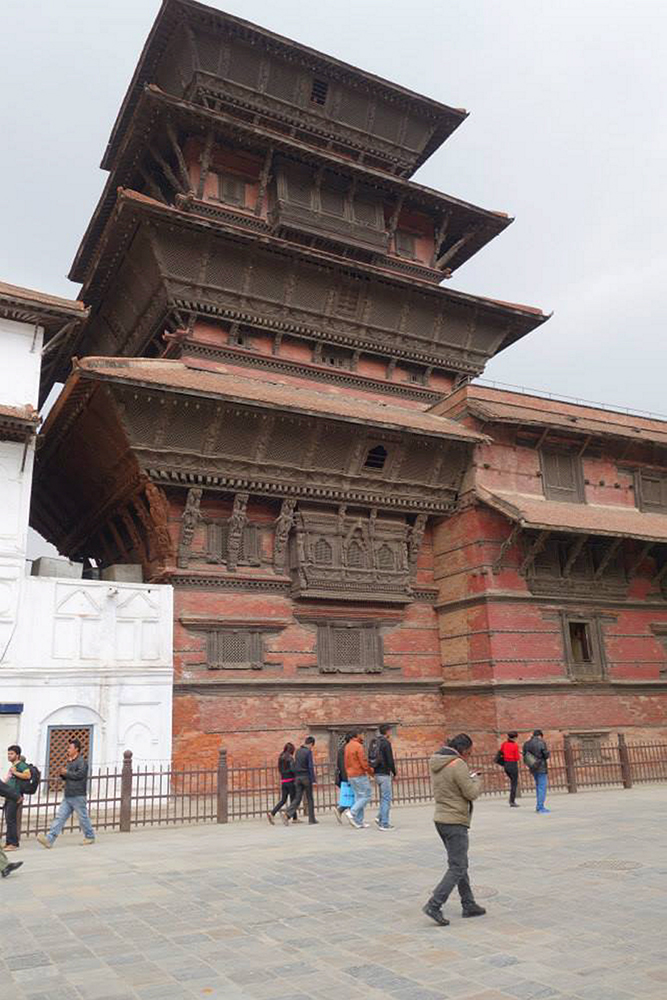
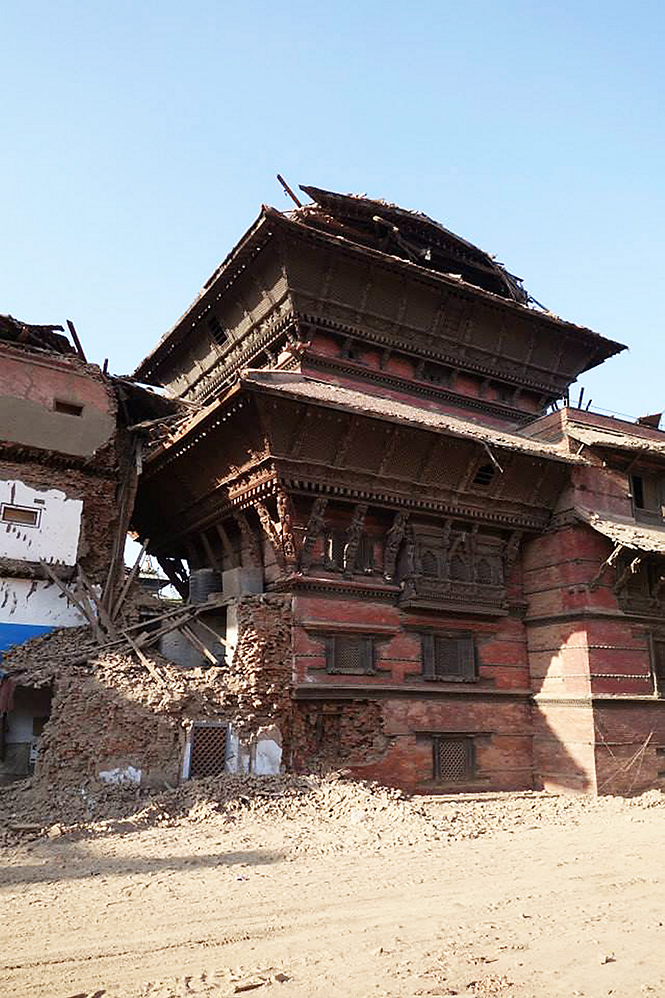
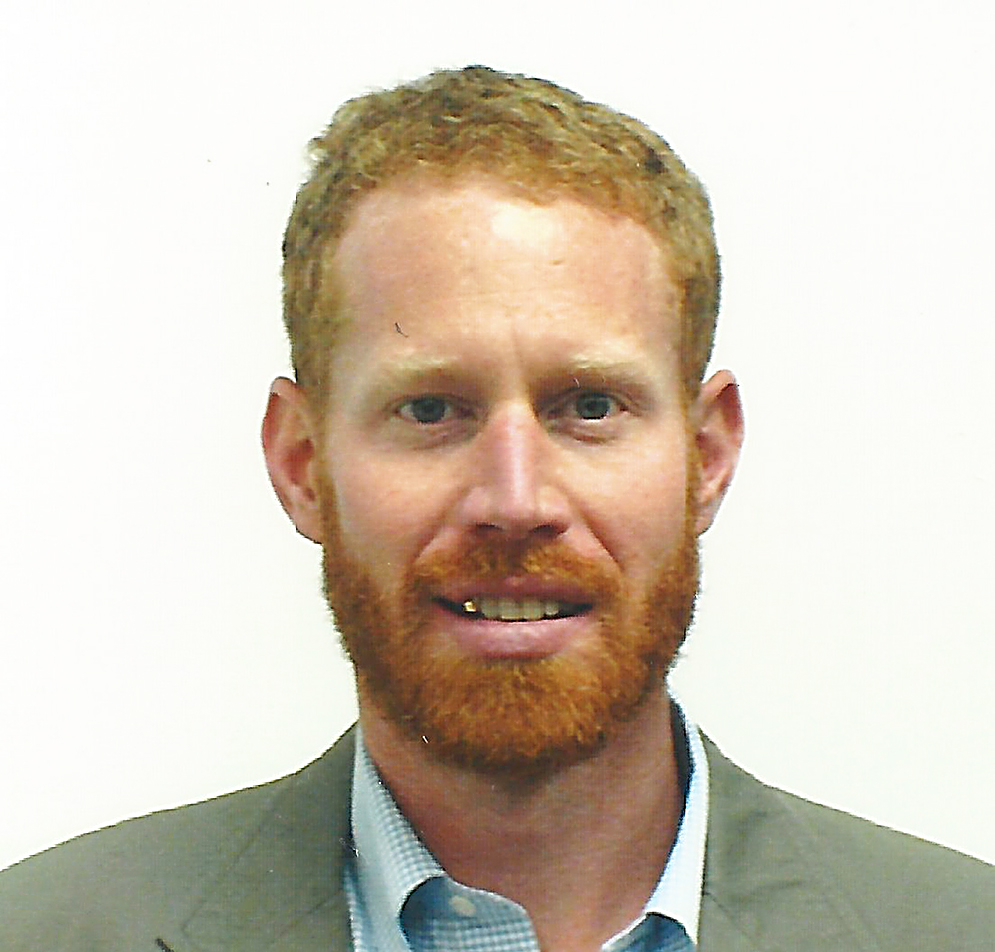


Success. Please wait for the page to reload. If the page does not reload within 5 seconds, please refresh the page.
Enter your email and password to access comments.
Hi, to comment on stories you must . This profile is in addition to your subscription and website login.
Already have a commenting profile? .
Invalid username/password.
Please check your email to confirm and complete your registration.
Only subscribers are eligible to post comments. Please subscribe or login first for digital access. Here’s why.
Use the form below to reset your password. When you've submitted your account email, we will send an email with a reset code.